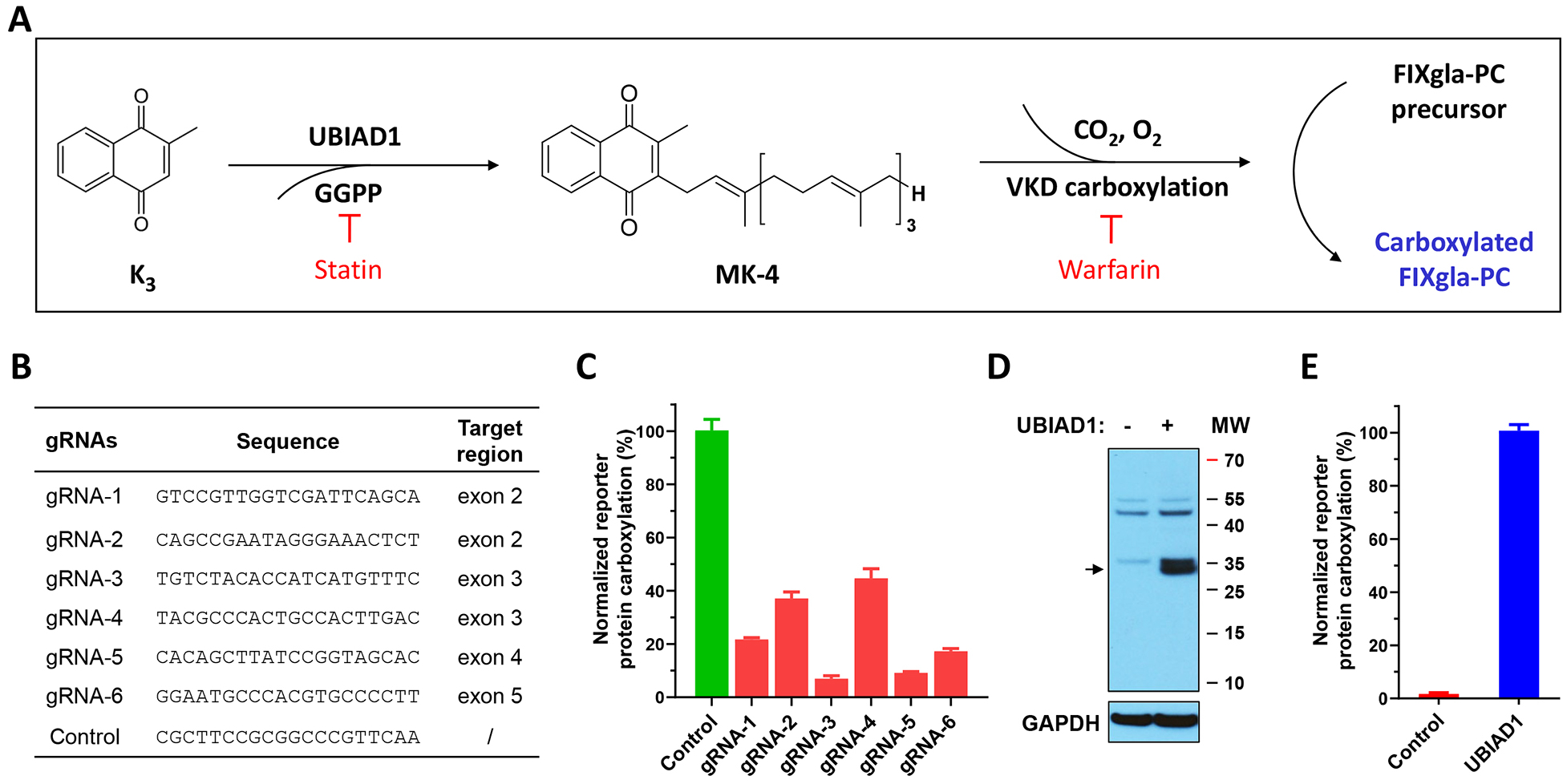Figure 2. Characterization of CRISPR-Cas9-mediated UBIAD1 knockout in HEK293 reporter cells.

(A) Schematic diagram of coupling the conversion of vitamin K3 to MK-4 by UBIAD1 and VKD carboxylation of FIXgla-PC. Statin, the mevalonate pathway inhibitor, blocks the availability of GGPP and therefore inhibits MK-4 production. Warfarin, the most commonly prescribed oral anticoagulant, blocks vitamin K redox cycling and therefore inhibits VKD carboxylation. (B) The gRNA sequences targeting Ubiad1 and the corresponding targeting regions for CRISPR-Cas9-mediated UBIAD1 knockout. (C) The efficiency of UBIAD1 knockout by different gRNAs in HEK293 reporter cells. Cas9 and individual gRNA were transiently co-transfected into FIXgla-PC/HEK293 reporter cells. Transfected cells were incubated with a cell culture medium containing 1 μM vitamin K3 for 48 hours. Reporter protein carboxylation was determined as described in the legend of Figure 1B. The carboxylation activity of the control (non-targeting) gRNA was normalized to 100%. Data are presented as mean ± SD of three independent experiments (n=3). (D) Immunoblotting analysis of wild-type HEK293 cells and HEK293 cells with UBIAD1 knocked out. The whole-cell lysate was loaded to SDS-PAGE for immunoblotting assay. GAPDH was used as the loading control. The endogenous UBIAD1 band is indicated by an arrowhead. (E) VKD carboxylation activity of UBIAD1 knockout cells (control) and the cells transiently expressing exogenous UBIAD1. The carboxylation activity of cells transiently expressing exogenous UBIAD1 was normalized to 100%. Data are presented as mean ± SD of three independent experiments (n=3).
